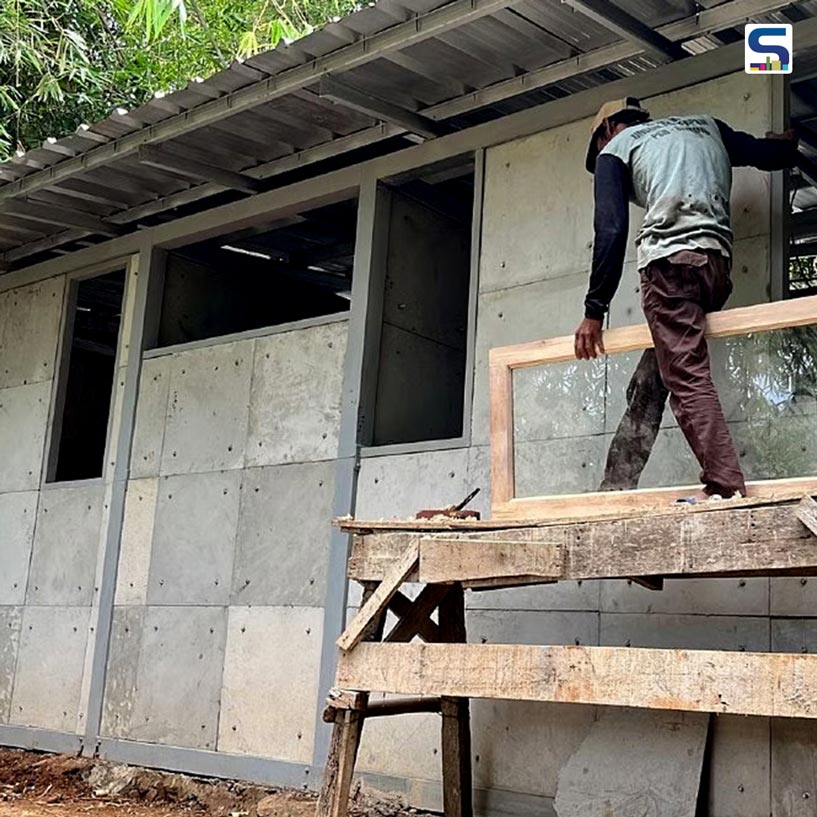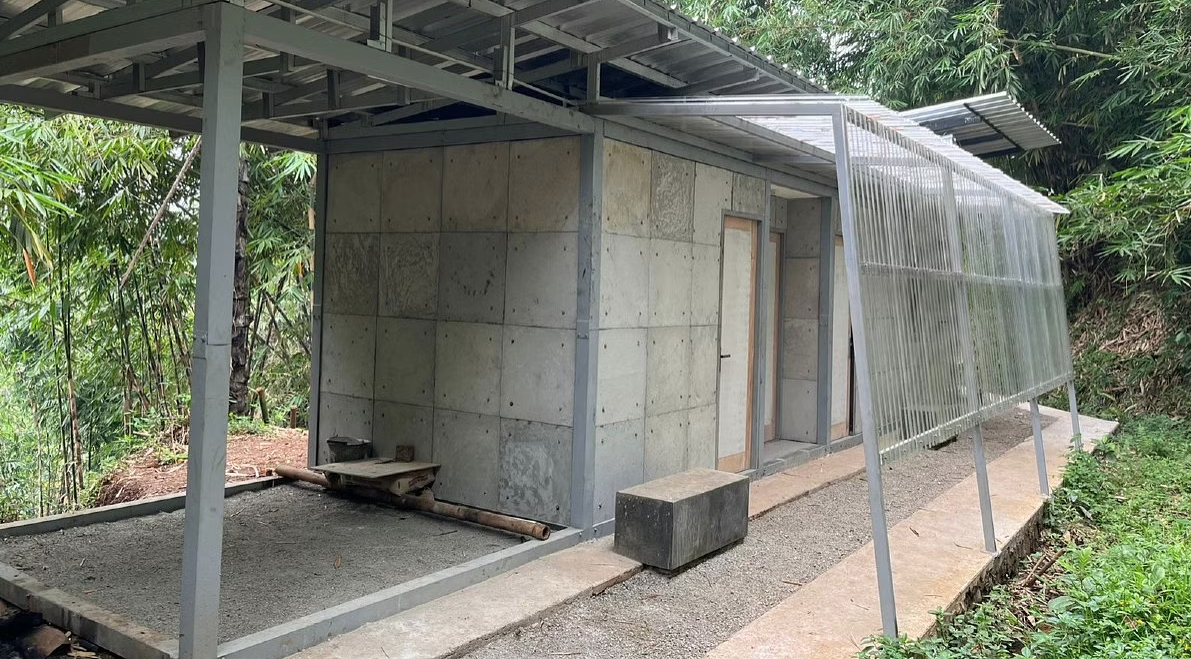
The University of Kitakyushu in Japan recently unveiled a new type of construction material made from used disposable diapers. The team has done some tests to put the material to work and even built a house with it. On Thursday, the team published their findings in Scientific Reports, which suggest that this could be used to create cost-effective housing for those with limited funds. Read SURFACES REPORTER (SR)’s complete report below:
Siswanti Zuraida, a Ph.D. student, identified the huge amount of used nappies being thrown away and disposed of in landfills or worse, primarily in places that aren't equipped with sufficient recycling facilities.
Will solve two issues simultaneously
Researchers have taken on the monumental tasks of diaper waste and housing affordability, achieving an impressive feat - creating a house.
This eco-friendly approach would not only reduce the landfill waste from diapers but can also contribute to savings of up to 8 percent in the amount of sand needed for constructing buildings. It is an inexpensive method that will prove beneficial for both the environment and the real estate industry.
"The recycling process that is available [for nappies] is limited to developed countries because [the technology] is hard to apply and expensive," said Ms. Zuraida of the University of Kitakyushu in Japan.
Zuraida pointed out the necessity of proposing a cost-effective recycling process for diapers in developing countries.
Zuraida realized that a part of the sand in the mortar could be replaced with diaper waste, thus simultaneously reducing cost and avoiding the disposal of the diapers into incineration or landfill. To ensure safety, she cleansed the nappies first by eliminating solid waste with water and soaking the urine in a solution containing chemical additives before drying and shredding it.
How is the material made?
When creating concrete, an aggregate such as rocks is added to the cement together with sand and water. Sand's primary purpose is to increase the density of the mortar, stop shrinkage, increase its volume (for cost efficiency), and widen the area of contact between the binder (cement) and the other ingredients.
 Depending on their application, a typical concrete blend usually contains 60 – 80 percent sand and gravel. However, researchers have found that if too much nappy is incorporated into the mix, compressive strength gets reduced; thus necessitating different ratios for varied uses.
Depending on their application, a typical concrete blend usually contains 60 – 80 percent sand and gravel. However, researchers have found that if too much nappy is incorporated into the mix, compressive strength gets reduced; thus necessitating different ratios for varied uses.
“[By] considering the environmental value of waste recycling, the material gives benefit to be developed on a large scale and by involving society and other stakeholders in collecting and managing the waste of disposable diapers,” the study’s authors wrote.
The idea of introducing diapers to concrete wasn't an unheard of concept, according to Ms. Zuraida; however, her project was the first to actually try it out for housing projects. In order to construct a low-cost dwelling that would be accepted by Indonesian building regulations, she and her team looked at how differing ratios of nappies affected concrete's compressive strength.
Keep reading SURFACES REPORTER for more such news stories.
Join us in SOCIAL MEDIA to stay updated
SR FACEBOOK | SR LINKEDIN | SR INSTAGRAM | SR YOUTUBE
Further, Subscribe to our magazine | Sign Up for the FREE Surfaces Reporter Magazine Newsletter
Also, check out Surfaces Reporter’s encouraging, exciting and educational WEBINARS here.
You may also like to read about:
3D Printing and Material Science Cuts Construction Time in Half | Mighty Buildings
Could this New Material be a Sustainable Solution to Cement? | Geoprime
Can This New Hot Storage Material Help Reduce Energy Bills? | SR Material Update
and more...